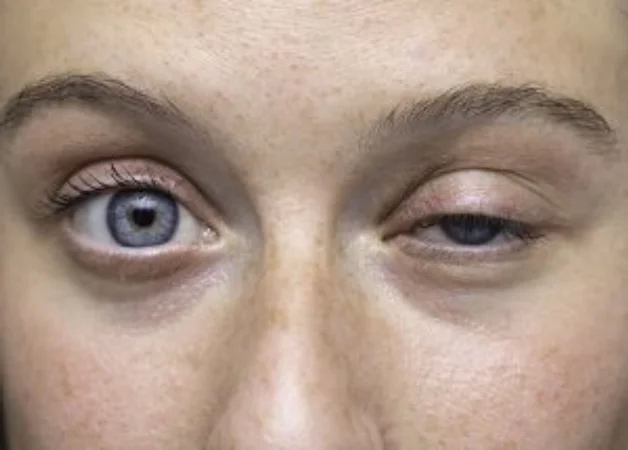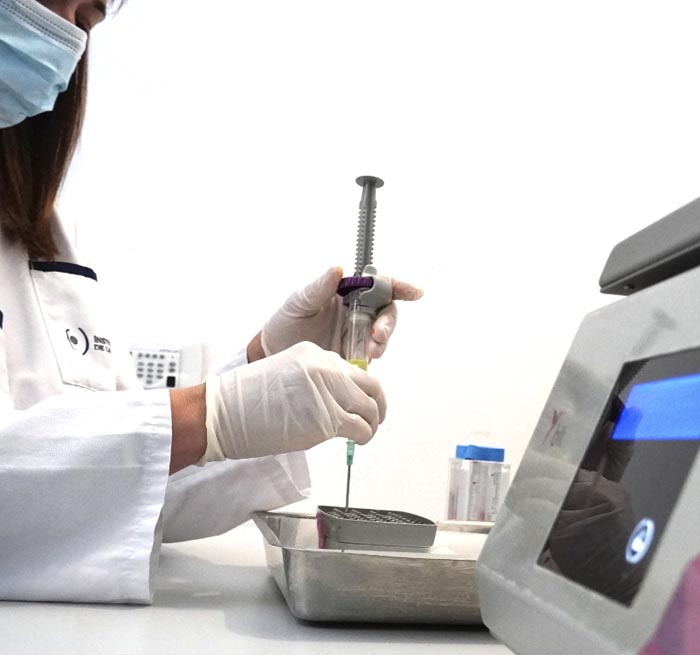Droopy eyelid, also known as palpebral ptosis, is a lowering of the upper eyelid that causes the eye to be more covered than usual. This condition prevents the patient from fully opening their eyes, leading to visual fatigue and impaired vision.
Palpebral ptosis is a condition that can affect people of all ages, although it occurs more frequently in adults. In children, a droopy eyelid can cause amblyopia (lazy eye), since the eye does not receive the necessary visual stimulation to develop normal vision.



